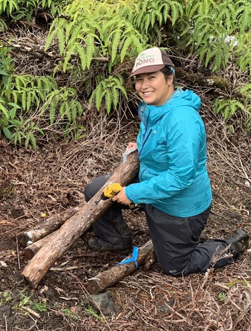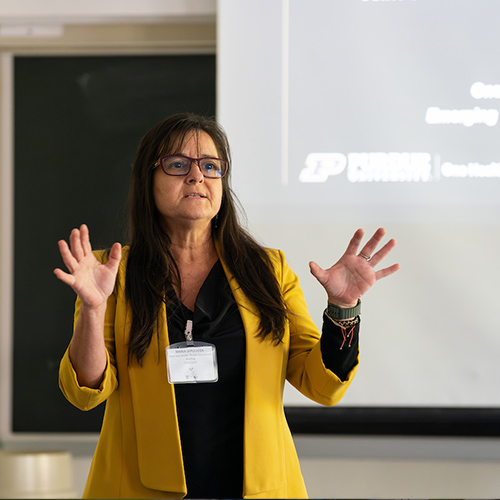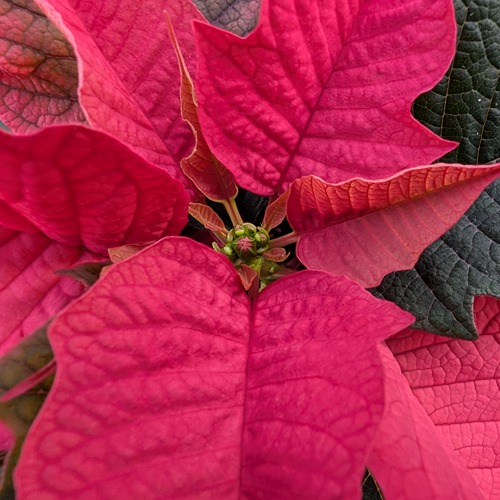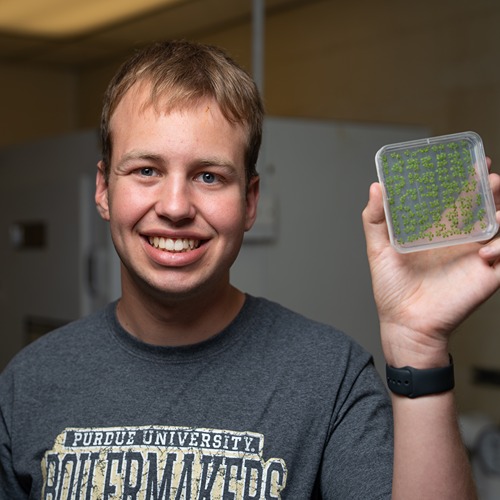Forestry & Natural Resources
Meilan Challenges Tree Physiology Class to Write Haikus to Explain Science
How can scientists and researchers explain their work in non-technical terms? Could poetry help break down the barriers of communication?
A March 26, 2019, Wall Street Journal article suggested exactly that. The article titled “Haikus About Space/Make Science Less Tedious/So Hope Scientists” shared the story of scientists and researchers in various fields utilizing the short poetry format called haiku to summarize and describe their papers and research, creating ‘sciku.’ A yearly Lunar and Planetary Science Conference contest and examples from the National Oceanic and Atmospheric Administration (NOAA) among others offered inspiration.
The article brought Dr. Richard Meilan to challenge his tree physiology class (FNR 434) to write haikus of their own.
“First and foremost, I want the students who take FNR 434 to understand the fundamentals of tree physiology, and how various physiological processes are interconnected,” Meilan said. “I also want to give them practice expressing themselves in a concise manner. After reading about “sciku” (a haiku that describes some aspect of science) in the Wall Street Journal article, it occurred to me that I might be able to accomplish all of these objectives by challenging my students to write a haiku related to some aspect of tree physiology.”

In fact, the only requirement that Meilan gave his students was that their haikus must be related to Tree Physiology. The contest brought in six entries, which were judged by seven individuals of which Meilan succinctly stated he was not one.
One of the judges wrote: “I found these to be quite good; hard to rank”.
Below is the winning haiku, which was submitted by PhD student Kylle Roy, who joined the FNR graduate program this fall under Dr. Matt Ginzel.
She wrote:
Chlorophyll breaks down.
The unmasking of pigments:
Colors of autumn.
Chlorophyll breaks down.
The unmasking of pigments:
Colors of autumn.
“This semester has been my first experience of fall colors and Rick timed his lectures so that we were learning about why leaves change color in the fall while it was happening outside,” Roy said of her inspiration for the poem. “It's been a memorable experience to see all the beautiful hues, so I felt compelled to write my haiku about it. I wanted to talk about anthocyanins, xanthophylls, and carotenoids but each pigment has way too many syllables; I may have to write another verse!”
According to the Wall Street Journal article, a haiku is a short 17-syllable poem that originated in Japan, which “traditionally describes the wonder of natural phenomena.” The traditional haiku format consists of three lines. The first and third line have five syllables, while the second has seven.
Other entries from Meilan’s class were:

Plants communicate
Root grafts, volatile compounds
Unheard, yet crucial
Submitted by Lina Bernabé

Starving baby buds
Take starch and spread amylase
Single bite, devoured
Submitted by Sujan Dawadi

Anthocyanin
The spreading colors of fall
Carpeting the ground
Submitted by Miranda Gatto

Plants make alkaloids
as defense mechanisms
Misused by humans
Submitted by Jada Laycock

Leaves changing colors
it's much sweeter than you'd think
trees like sugar too
Submitted by Emma Wade





